P Carl on the power of curation

Transcript
[The words “Art is” appear, followed by scrolling words…Empathy, Perspective, Hope, Change, Beauty…it stops at Political. Art Is Political.]
[A live theater event shows multiple time lapse videos of Afghanistan War veteran interviews. Live actors perform in front of the video projections of soldiers and civilians in Afghanistan.]
P Carl, theater director and cultural organizer: Art has to be connected to the questions of our everyday life and the politics of the world. I really love programming with the idea that everyone belongs. For me, I didn’t start there and when I started curating that way, what I thought mattered really changed. We’re living in this incredible moment of discrimination in our country. We’re living in terrible misogyny. I’m always trying to think about, like, what kind of stories can we tell that everyone will feel the invitation that they can come? And how do we create platforms where everyone’s invited into the conversation? That, for me, is the really nuanced and difficult work of being a good curator, being a good artist.
[A performer stands behind a laptop on stage and plays the trumpet as dancers with disabilities perform. A man in a wheelchair performs a choreographed dance with a woman. A woman with an arm amputation at her elbow dances with other performers.]
We’re at a time when we have to find language and objects and beauty to connect us to each other. That’s what art has the power to do in a way that politics in and of itself can’t do.
[The words “Art is” appear, followed by scrolling words…Political, Expression, Change, Creativity, Healing…it stops at Justice. Hashtag Art Is Justice. Agree? Share this video.]
[Ford Foundation logo: a globe made up of a series of small, varied circles.]
Accessibility Statement
- All videos produced by the Ford Foundation since 2020 include captions and downloadable transcripts. For videos where visuals require additional understanding, we offer audio-described versions.
- We are continuing to make videos produced prior to 2020 accessible.
- Videos from third-party sources (those not produced by the Ford Foundation) may not have captions, accessible transcripts, or audio descriptions.
- To improve accessibility beyond our site, we’ve created a free video accessibility WordPress plug-in.
P Carl is the director and co-founder of HowlRound, a free and open platform for theater-makers worldwide that amplifies progressive ideas about the art form and facilitates connection between diverse practitioners. He is also the co-artistic director of ArtsEmerson at Emerson College where he develops, dramaturgs, and presents a provocative array of contemporary theater from diverse artists around the globe. His most recent projects include commissioning and dramaturgy for the February 2018 world premiere of Claudia Rankine’s new play, The White Card, and dramaturgy for Melinda Lopez’s Mala (2017 Elliot Norton Award winner for Outstanding New Script), Jessica Blank and Erik Jensen’s How to Be a Rock Critic, and Deborah Stein and Suli Holum’s The Wholehearted.
Operating from the core belief that theater is for everyone, Carl seeks to use the power of live performance in concert with opportunities for international dialogue and activism to foster personal and political transformation through the shared experience of art. He is a distinguished artist-in-residence on the Emerson faculty and a frequent writer and speaker on the evolution of theater practice and theory. Carl was named Theater Person of the Year in 2015 (National Theater Conference) as well as Alumni of Notable Distinction (University of Minnesota). He is the former producing artistic director of the Playwrights’ Center in Minneapolis, the former director of artistic development at Steppenwolf Theatre in Chicago, and holds a PhD in comparative studies in discourse and society from the University of Minnesota. Carl was born in Elkhart, Indiana, and now lives in Boston.
Other videos in this series
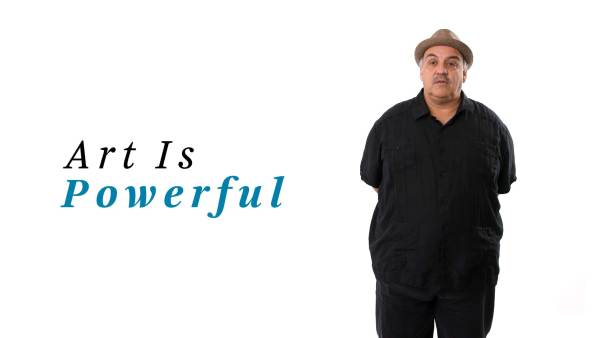
Luis Alfaro on the power of art and imagination
Art is powerful. Playwright Luis Alfaro shares how he uses art to stimulate the imaginations of those who might not be able to see a better life for themselves. He writes plays with narratives that allow people to envision themselves as free in the world.
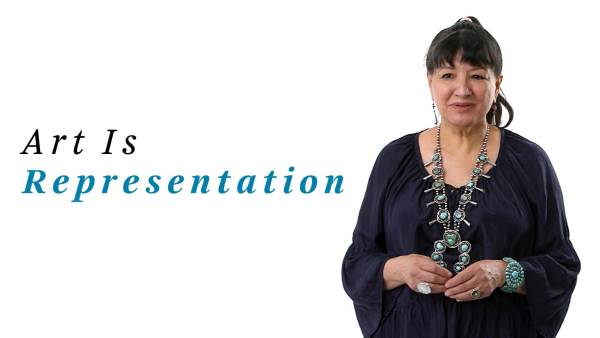
Sandra Cisneros on how art changes lives
Art can change lives for the better. Author Sandra Cisneros writes books that allow young people to see themselves represented on the page. As she says, when people see themselves represented in a way that is empowering, they feel more able to make a difference in the world.
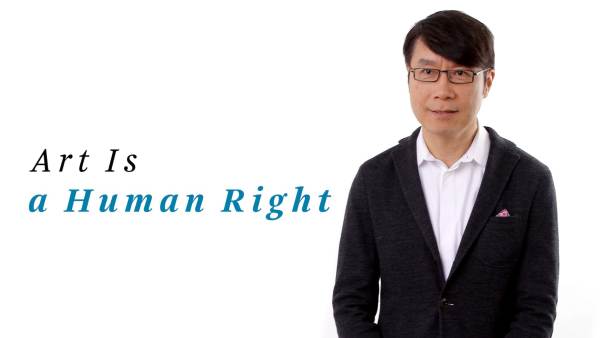
Samuel Hoi on art and human rights
Art is a way to shift reality and make an impact beyond the cultural field. Samuel Hoi cites Good Chance Theater staging shows at a refugee camp in northern France as an example of how art can uplift human rights.
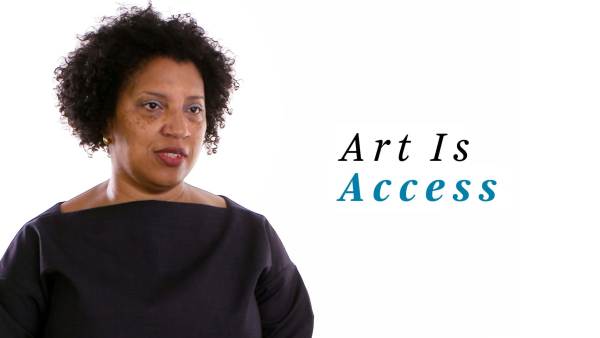
Robin Coste Lewis on how art creates access
Art can be a tool of resistance and beauty. Poet Robin Coste Lewis details how poetry helped her see her body as an aesthetic and political tool, and how art can allow marginalized communities to be seen and included.
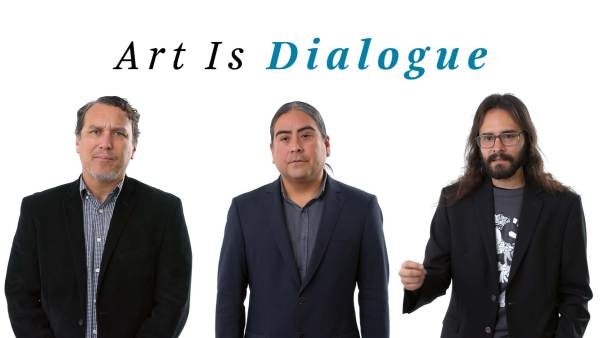
Postcommodity on using art to dialogue
Art can be used to create dialogue between people and break “us-versus-them” mentalities. The collective Postcommodity discusses how it uses art to uplift communities and ensure they have agency to communicate their own needs and desires.
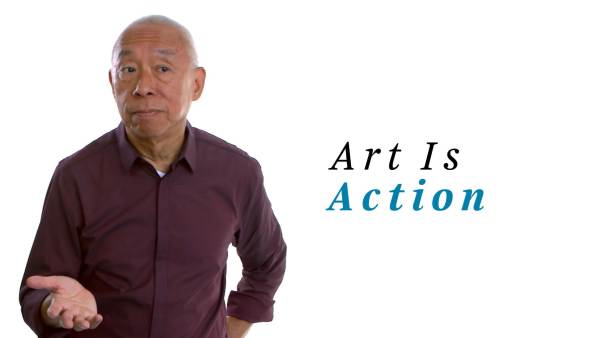
Ping Chong on using art to empower and heal
Art allows us to re-anchor into our humanity. In his work, artist Ping Chong creates spaces for ordinary citizens to speak their own truth on stage. In this way, he heals and affirms people, and helps create a society that’s more just and more humane.
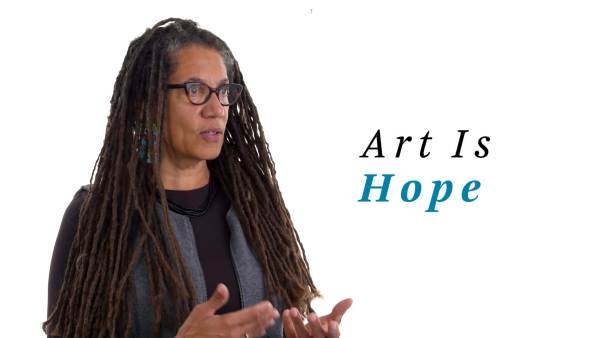
Nikky Finney on using art for change
Art can connect us across time. Poet Nikky Finney draws on stories from the past to challenge artists to continue their efforts for social change. She believes artists should heed lessons from the past and bring them into the future.

Mira Nair on cultural representation
Art gives us the ability to see other cultures and to look at the world anew. Director Mira Nair uses film to tell stories of marginalized communities that are not often represented on screen. She believes art can help people see their place in the world.

Michelle Dorrance on how tap represents social change
Art can represent social change, and tap dancer Michelle Dorrance believes the history of American culture can be seen in the history of tap—early tap dancers were catalysts for social change. By referencing the past and showing a vision for the future, dance can change the world.
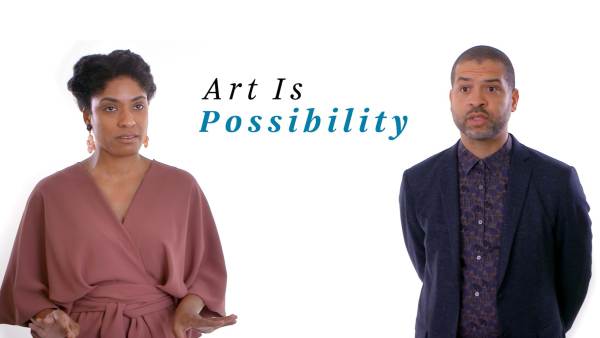
Alicia Hall Moran and Jason Moran on how art is possibility
Art has the power to make a big impact in our world. Musicians and educators Alicia Hall Moran and Jason Moran believe art has the potential to connect people and challenge inequalities. Through art, we can bridge the gap between past and present, and learn more about each other.
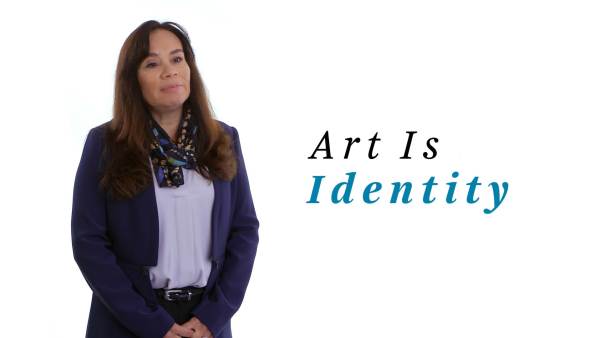
Lori Pourier on the link between art and identity
Art allows us to reveal our identities. President of First Peoples Fund Lori Pourier sees artists as changemakers in society who can help restore history and educate us about our past. In this way, artists can restore both public history and personal identity.
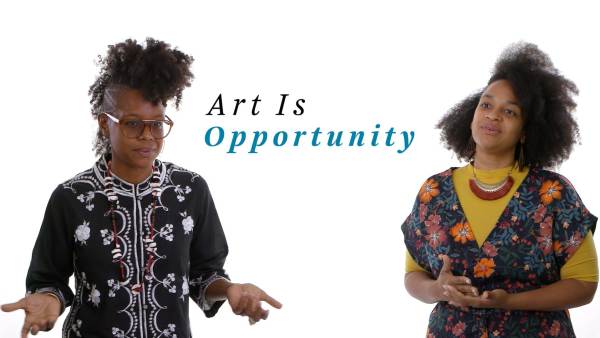
Las Nietas de Nonó on creating opportunities with art
Art gives us the opportunity to create change in communities. The art duo Las Nietas de Nonó use art to share voices of underserved communities in Puerto Rico. They believe in creating theater in alternative spaces, where people’s voices can be heard and a genuine exchange of voices takes place.
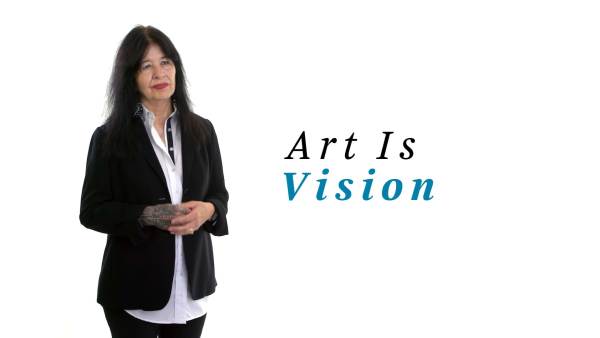
Joy Harjo on how artists have vision
Artists can give vision to a community. Poet Joy Harjo uses her art to strive for gender justice. She believes artists have a responsibility towards growing the communities they’re in, creating a vision for those around them and fostering compassion.
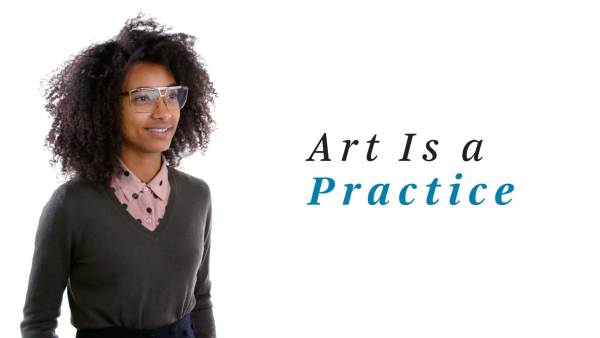
Esperanza Spalding on art as a practice
Art can help heal people. Grammy-winning musician Esperanza Spalding believes artists, through practicing their craft, can experiment and reposition their work to find the best ways to help and encourage people to transform negative situations for the better.
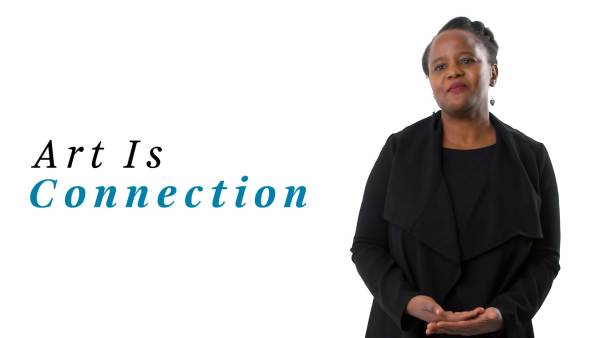
Edwidge Danticat on how literature connects us
Art can transport us to different places and connect us to each other. Novelist Edwidge Danticat uses her writing to share stories that dispel stereotypes and help foster greater understanding. She believes that breaking bias is done through sharing stories.
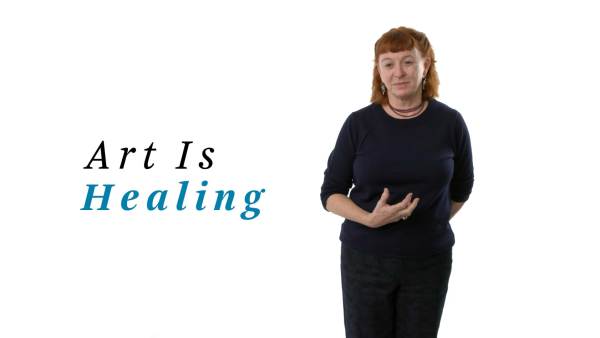
Deborah Luster on how art heals
Art encourages healing by connecting stories between people. Deborah Luster knows firsthand how art can help others heal. She channeled the pain she felt after her own loss to help bring about healing in a prison community.
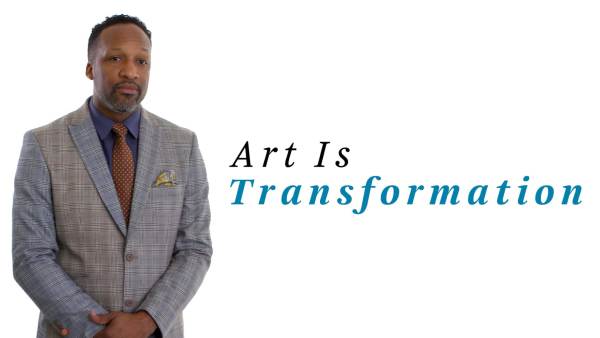
Carlton Turner on how art transforms culture
Artists are cultural strategists working to eliminate oppression and dismantle inequality, says performance artist Carlton Turner. He explains how artists take community work and engage in social transformation by giving voice to those who’ve been disenfranchised. Communities can shift because of the work artists are doing.